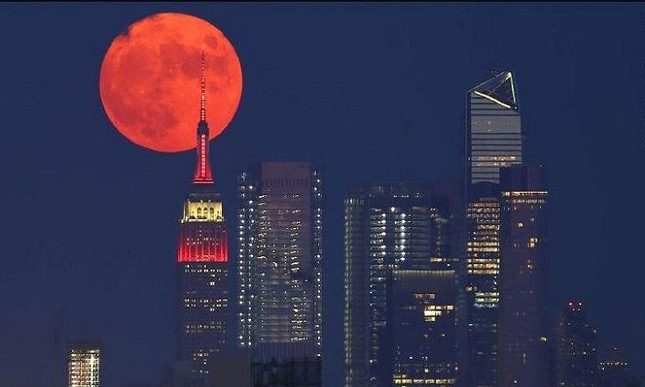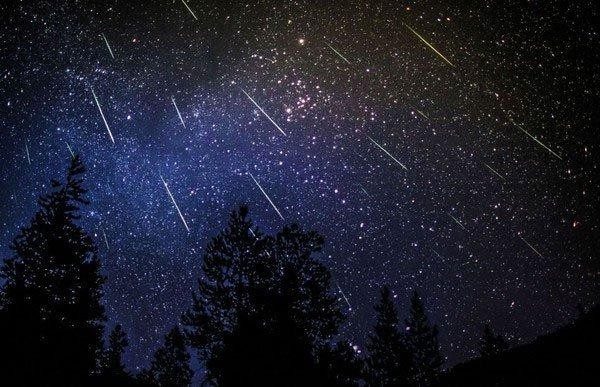The most beautiful meteor shower of the year and the last supermoon of the year are two fascinating astronomical events that can be observed this August.
The full moon of the seventh lunar month this year (August 12 in the solar calendar) offers astronomy enthusiasts in Vietnam the chance to witness the third supermoon and the last supermoon of the year. A supermoon occurs when the moon is closest to Earth, making it appear larger and brighter than usual from our perspective.

The supermoon will appear on the full moon night of the seventh lunar month this year.
This supermoon is also known as the Sturgeon Moon, coinciding with the time when sturgeon fishing is most fruitful in the Great Lakes and other large lakes among Native American tribes. It is also referred to as the Green Corn Moon or Grain Moon. This is the last supermoon of the year, following the previous one that occurred on the full moon of the sixth lunar month (July 14 in the solar calendar), which provided stunning images in the sky.
Alongside the supermoon, August is the time when stargazers can witness one of the two most spectacular meteor showers of the year – the Perseid meteor shower.

August features one of the two largest meteor showers of the year.
Originating from the Swift-Tuttle comet, discovered in 1862, the Perseid meteor shower appears in the sky annually from July 17 to August 24, peaking on the night of August 12 and the early morning of August 13.
Along with the Geminid meteor shower that occurs in December, the Perseid meteor shower is one of the two biggest meteor showers of the year, with peak rates reaching 60-80 meteors per hour. This meteor shower is also famous for its bright and long streaks.
This year, the timing of the Perseid meteor shower coincides with the supermoon, making observation less favorable. However, with patience, observers can still see bright, long meteor trails, with the ideal viewing time being after midnight in areas with minimal light pollution and dust. The meteors tend to radiate from the constellation Perseus but can appear anywhere in the sky.
Additionally, in August, astronomy enthusiasts can observe Saturn as it comes closest to Earth, fully illuminated by the sun on the night of August 14. On the 27th of this month, it will also be an ideal time to observe Mercury, as this planet will be at its highest position above the horizon in the evening.





















































